
French postcard by Editions Cinémagazine, no. 547. Photo: Albert Préjean as the symbolic figure of Le Soldat Français (The French soldier) in Verdun, visions d'histoire/Verdun, Visions of History (Léon Poirier, 1928).
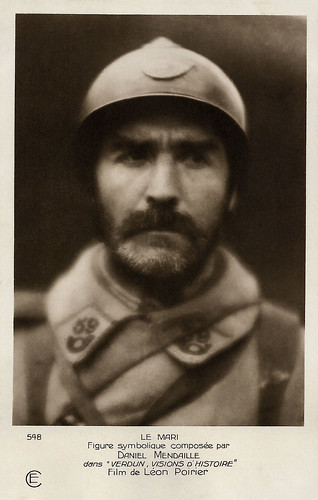
French postcard by Cinémagazine-Edition, no. 548. Photo: Daniel Mendaille as Le Mari (The Husband) in Verdun, visions d'histoire/Verdun, Visions of History (Leon Poirier, 1928).

French postcard by Cinémagazine-Edition, no. 549. Photo: Suzanne Bianchetti as La Femme (The Wife) in Verdun, visions d'histoire/Verdun, Visions of History (Léon Poirier, 1928).

French postcard by Editions Cinémagazine, no. 550. Photo: Pierre Nay as Le Fils (The Son) in Verdun, visions d'histoire/Verdun, Visions of History (Léon Poirier, 1928).
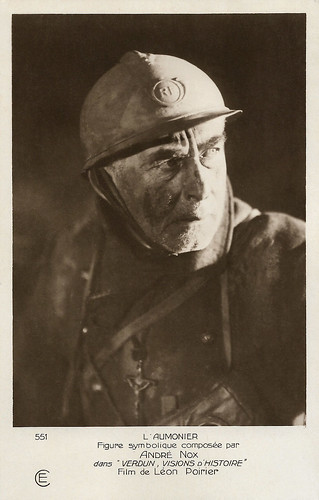
French postcard by Editions Cinémagazine, no. 551. Photo: André Nox as L'Aumonier (The Chaplain) in Verdun, visions d'histoire/Verdun, Visions of History (Léon Poirier, 1928).
Crawling across no-man's-land
Director Léon Poirier tells Verdun, visions d'histoire/Verdun, historical visions from both sides. The film is surprisingly sympathetic to the German point of view, considering when it was made.
Poirier's pacifist stance is revealed in several moments, notably in one scene when two angels descend onto the battlefield and extract the souls of two soldiers, one German and one French, and place them together on a stretcher which they carry up to heaven.
The fort that is posing for Fort Vaux during the attack on it in the film is actually Fort Tavannes. It is not far from Fort Vaux and has been attacked during the real battle in 1916.
The film features newly filmed material but also features much archive footage of Emperor Wilhelm II and German marches. The special effects are well done, with a huge variety of explosions, ghostly images, scenery and graphic maps to illustrate the battle.
The re-enacted battle sequences, place the viewer in the midst of the horror, crawling across no-man's-land, cowering in fox-holes, or being blown apart in trenches. The countryside is shown as a moonscape of craters and splintered trees.

French postcard by Editions Cinémagazine, no. 552. Photo: Jean Dehelly as Le Jeune Homme (The Young Man) and an anonymous local woman as La Jeune Fille (The Young Woman) in Verdun, visions d'histoire/Verdun, Visions of History (Léon Poirier, 1928).
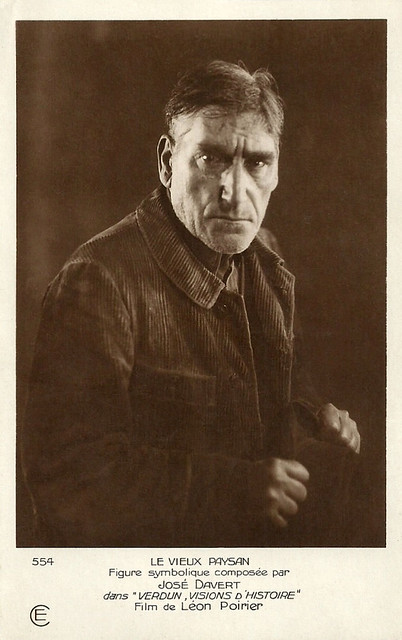
French postcard by Editions Cinémagazine, no. 554. Photo: José Davert as Le Vieux Paysan (The Old Farmer) in Verdun, visions d'histoire (Léon Poirier, 1928).

French postcard by Editions Cinémagazine, no. 555. Photo: Maurice Schutz as Le Vieux Maréchal d'Empire (The Old Marshal) in Verdun, visions d'histoire (Léon Poirier, 1928).
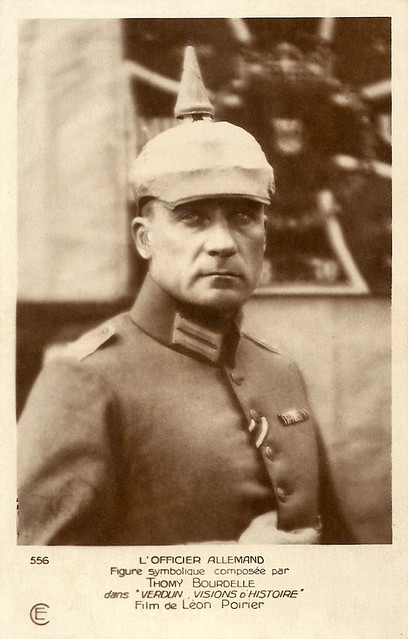
French postcard by Editions Cinemagazine, no. 556. Photo: Thomy Bourdelle as L'Officier Allemand (The German officer) in Verdun, visions d'histoire (Léon Poirier, 1928).
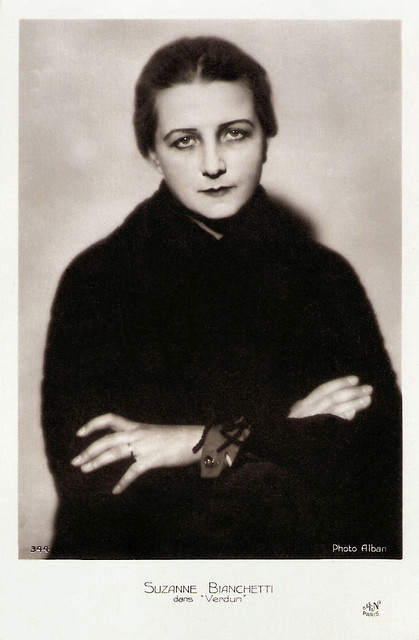
French postcard by A.N., Paris, no. 344. Photo: Alban. Suzanne Bianchetti as The Wife in Verdun, visions d'histoire (Léon Poirier, 1928).
Filmed in a real shell hole
Verdun, visions d'histoire/Verdun, Visions of History is filmed on location in Verdun and its surroundings. The scene in which the Intellectual (Antonin Artaud) dies, is actually filmed in a real shell hole. Remains of a human arm were found with an ID tag on which the filmmakers could just make out: "Fulle... 1916" (Class of 1916).
According to Poirier, the entire cast and crew of the film were made up of actual French and German World War I veterans, including Marshal Philippe Pétain who portrays himself. For the Bois des Caures scene, many actual veterans are used. Among them are Lieutenant Robin and captain Vantroys, who responded to Léon Poirier's call to participate in the film. They are playing themselves in the film.
The only exceptions were the female actresses, like Suzanne Bianchetti and Jeanne Marie-Laurent, and the older actors such as André Nox and Maurice Schutz. Antonin Artaud also wasn't a veteran. Other than Pétain, the film pays tribute to the officers Robert Nivelle, Charles Mangin, Ferdinand Foch and Georges Guynemer.
The premiere of the film took place in Paris in November 1928, at the Opéra Garnier, to celebrate the 10 years of the armistice. The film was screened in the presence of the French president and the German ambassador, with an original orchestra score by André Petiot. It was released in regular cinemas on 23 November 1928. In 1931, Poirier re-edited the film and added an audio track to create a sound film, which was released under the title Verdun, souvenirs d'histoire/Verdun, Memories of History. Some scenes were re-shot using different actors.
Many prints of Verdun, visions d'histoire/Verdun, Visions of History (Léon Poirier, 1928) were lost over the years and only very few prints were available. The best existing print was found in Moscow: stolen from France by the Nazis, then grabbed by the Russians at the end of the war. A restoration by the Cinémathèque de Toulouse of this print of the original silent version was issued on DVD in 2006.

Cover of the French magazine La Petite Illustration, no. 408, 18 September 1928. The picture shows Albert Préjean in the film Verdun, visions d'histoire/Verdun, Visions of History (Léon Poirier, 1928).
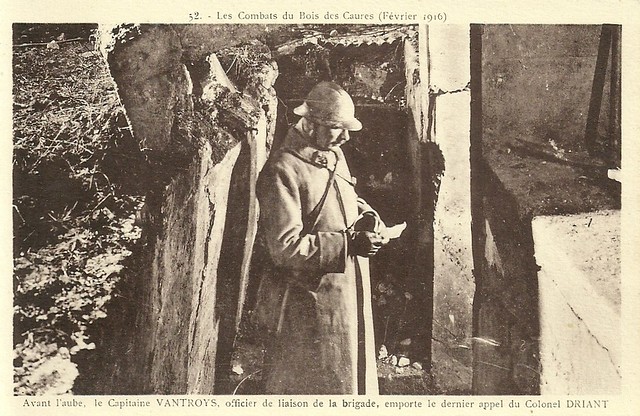
French postcard by Editions V.G., no. 32. Verdun, visions d'histoire (Léon Poirier, 1928) was released a decade after the end of the First World War.
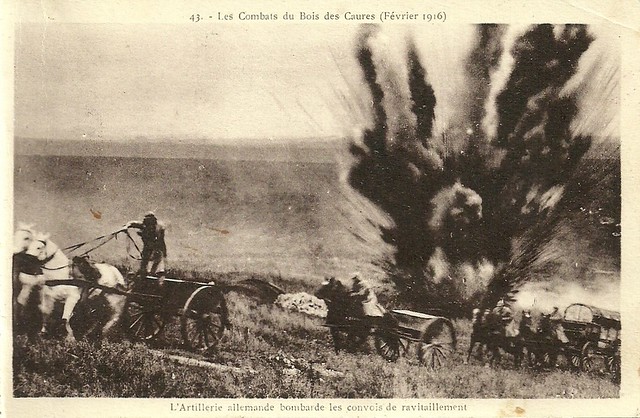
French postcard by Editions V.G., no. 43.

French postcard by Editions V.G., no. 44.
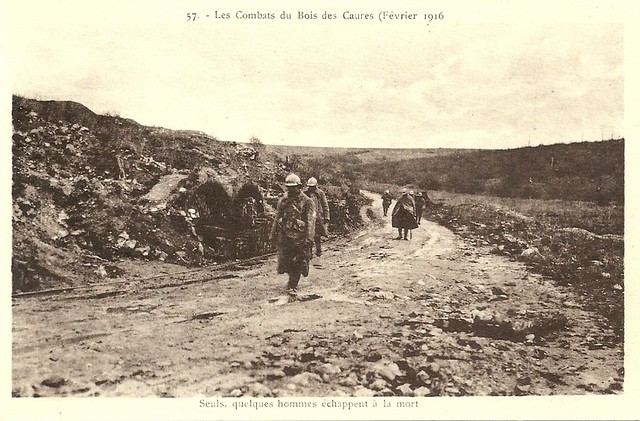
French postcard by Editions V.G., no. 37.
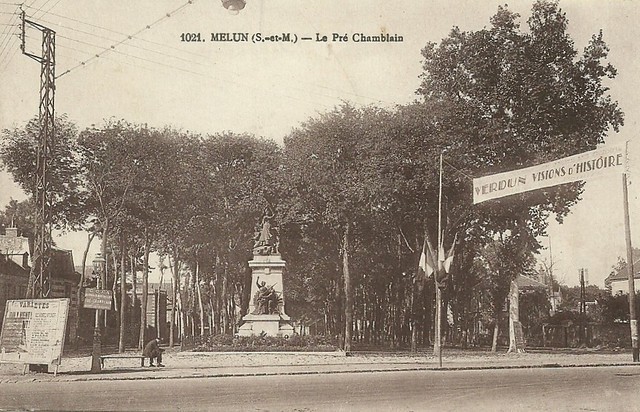
French postcard by Photo-Edit. E. Mignon, Nangis, Seine-et-Marne, no. 1021. The film Verdun, visions d'histoire (Léon Poirier, 1928) shown in Melun (Seine et Marne district), which is some 50 km from Paris.
Sources: Wikipedia (French and English) and IMDb.
No comments:
Post a Comment